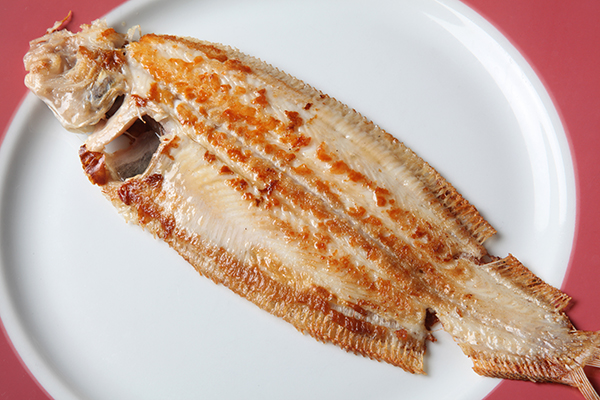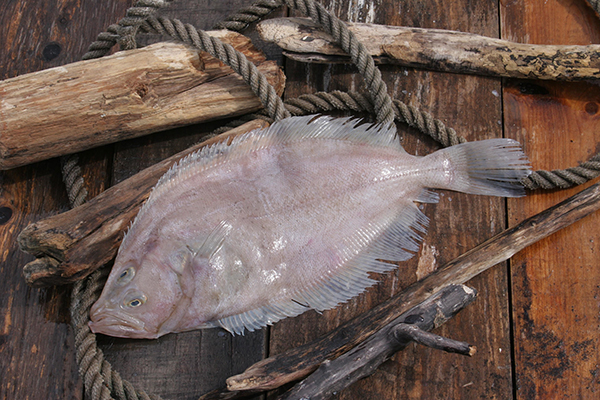The sole properties.
The sole, along with hake, is one of the most consumed fish in our country. In fact, according to the latest data from the Ministry of Agriculture, Fisheries, Food and the Environment, 90 tonnes of fish were consumed in Spain in 2017, at a monthly cost of 16.54 euros per person.
fresh food
Share

This fish is one of the many species of flatfish in the marine ecosystem. It belongs to the soleid family and is catalogued as one of the good quality flat fish. It inhabits the North-East Atlantic, the North Sea, the Baltic Sea and the Mediterranean.
Sole can be found in the supermarket all year round and is probably one of the most popular fish for children, as its fillets do not contain bones and its mild flavour and texture make it easy for children to eat almost without noticing.
BENEFITS OF SOLE
Sole is a white fish that contains very little fat. Each 100 grams of sole provides 1.5 grams of fat. Along the same lines, the amount of protein it contains is not very high, but it is of high biological value.
In relation to its mineral content, selenium (which contributes to the normal functioning of the immune system), phosphorus (which plays a role in the maintenance of bones and muscle activity) and iodine (which is essential for the proper functioning of the thyroid gland) are of particular note, with magnesium, iron and potassium being much lower intakes than the previous minerals.

Nutritional information (100 g portion)
| Water | 84.63 g |
| Energy | 70 kcal |
| Protein | 12.41 g |
| Fats | 1.93 g |
| Carbonhydrates | 0 g |
| Fibre | 0 g |
| Sugars | 0 g |
| Calcium | 21 mg |
| Iron | 0.18 mg |
| Magnesium | 18 mg |
| Phosphorus | 252 mg |
From our website to your table
The sole has some culinary virtues that make it a very versatile fish in its preparation and is flavoursome in taste. It is also a low-fat, and a very complete and healthy food.
This is one of the fish that children like the most because its fillets do not contain bones and its mild taste and texture make it easy for children to eat. If properly cooked or combined with light sauces, it is very useful in low-calorie diets and those of people with digestive problems.
It should be borne in mind that sole is often fried or battered, two ways of cooking it that make its fat and caloric value increase significantly.
- Sole with grapes
- Sole in Florentine style

DID YOU KNOW...
At birth, the sole has one eye on each side of its head, but then in the early stages of development, the left eye migrates from the blinded side of its face (which is in contact with the sea floor) leaving the two eyes on the top part of its head. This allows it to remain on the sea floor and see their prey with both eyes. It spends its adult life on the sea bed lying on its left side.






